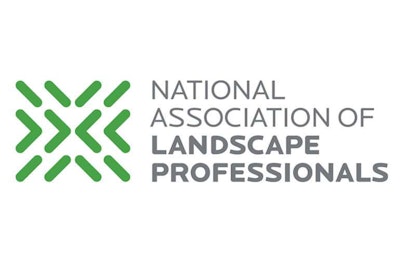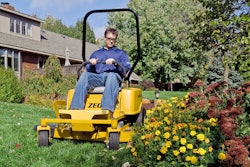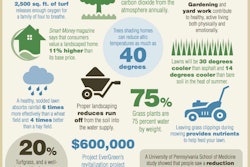
Bees are used to pollinate more than 130 food crops, in addition to 16 percent of flowering plants, yet an increasing number of studies have illustrated a significant decline in the number of bees in managed colonies since 2006.
There is no single identified cause of the reported decline; instead, scientists believe numerous factors are at work, including disease, mites and other parasites, foraging and nutrition problems, and bee management practices.
To ensure the green industry has access to proper stewardship guidelines for pollinator protection, NALP recently updated its best management practices (BMPs) in that area. The association’s guide offers important reminders to landscape professionals about the necessity of protecting and providing for pollinators. Here’s a few highlights:
DO
- Do practice integrated pest management (IPM) and only use pesticides when needed.
- Do read, understand and follow product labels.
- Do understand the Pollinator Protection Box on pesticide labels.
- Do select pesticides that have low hazard to pollinators.
- Do apply pesticides correctly and pay attention to drift.
- Do remove flowering weeds before making applications to turf.
DON’T
- Do not apply pesticides unless needed.
- Do not apply pollinator-toxic pesticides to blooms of plants that attract pollinators.
- Do not apply pesticides to actively foraging pollinators.
- Do not apply systemic insecticides outside of labeled rates and application timings.
- Do not apply toxic pesticides to standing water.
A full copy of the BMPs can be found here. While scientists continue to research how the public and professionals can best support pollinator health, NALP will continue to work with the Environmental Protection Agency (EPA), state regulators and other industry leaders to ensure the landscape industry’s voice is represented in regulatory and legislative discussions.
What’s Next?
Recently the White House released the National Strategy to Promote the Health of Honey Bees and Other Pollinators, which proposes to accomplish the following:
1) Reduce honeybee colony losses during winter to no more than 15 percent within 10 years.
2) Increase the Eastern population of the monarch butterfly to 225 million butterflies.
3) Restore and enhance 7 million acres of land for pollinators over the next five years through federal, state and public-private partnerships.
Of most significance to the landscaping industry is the White House report’s reference to EPA’s role. The regulatory agency is tasked with developing a comprehensive approach to assessing pesticide risks to pollinators. While neonicotinoids have received the most visible attention by activists and the news media, risk assessments for several dozen active ingredients will be made available for comment this year.
It’s important to note that EPA has stressed the importance of pesticides in the protection of the nation’s food supply as well as human health.
EPA will work with states to issue Pollinator Protection Plans. NALP, meanwhile, already has worked with state pesticide regulators on a workforce committee to make sure comments made to EPA and direction to states on state management plans don’t affect the availability of the landscape industry’s key pesticides.
EPA already has improved label language and restrictions for pesticides that are acutely toxic to bees. In 2013, the agency notified registrants of four neonicotinoid insecticides and several other insecticides of EPA’s decision to reduce potential acute exposure to these pesticides. EPA is considering additional restrictions on a broader range of pesticide products to further reduce the likelihood of acute exposure and mortality to bees from the foliar (leaf) application of acutely toxic compounds.
NALP is working to ensure products routinely used by landscapers do not become classified as Restricted Use Products (RUPs). NALP members do not use RUPs on residential property.
Participation in pollinator protection initiatives that have the potential to impact landscape professionals remains a high priority on NALP’s public affairs agenda. For more information, please contact Tom Delaney, NALP director of government affairs, at [email protected] or 800-395-2522.
Editor’s note: This column, written by the National Association of Landscape Professionals, appears regularly in TLC.











